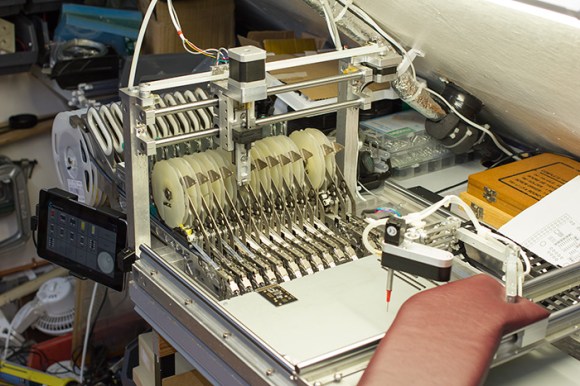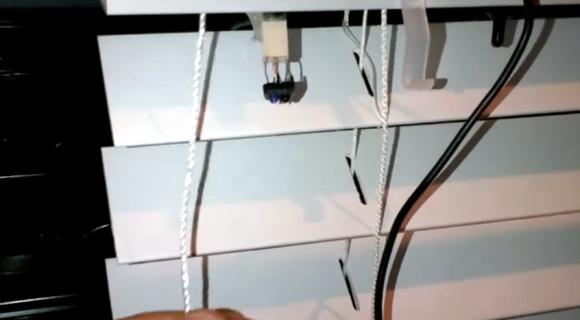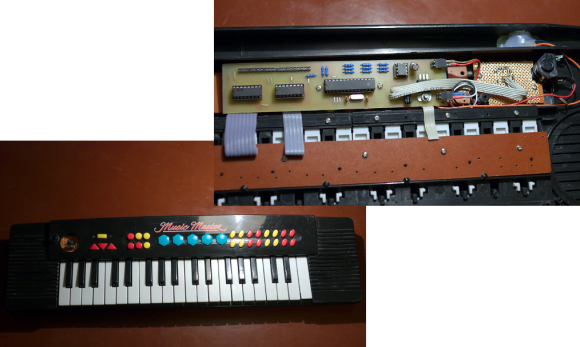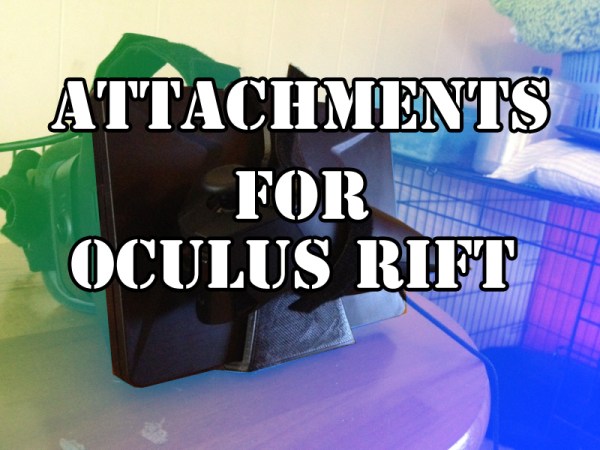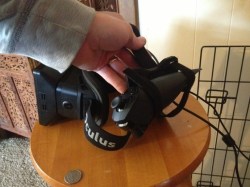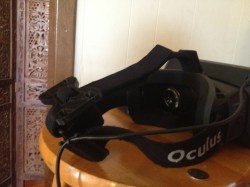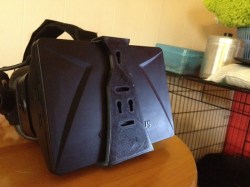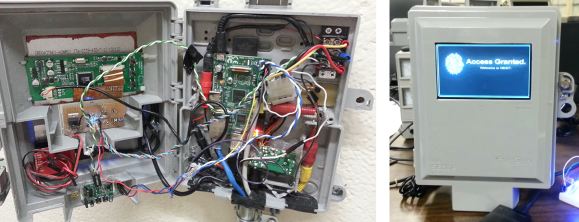I may sound like I’m being over enthusiastic in this video. I’m not. Everyone who has seen this thinks it is simply amazing.
My father, an ex navy man, has told me stories of glowing water since I was little. Being a person who was obsessed with all things that light up, this always stuck with me. I saw a headline one day that someone was making an algae-light. Sadly when I clicked on it, the algae was just there to create oxygen. It was a cool idea, but not what I was hoping for.
That slight disappointment drove me to create a night light using glowing algae. The process could be extremely simple.
1. Buy Algae.
2. set up light for algae (it needs a 12 hour light cycle and putting it in a window sill would kill it due to heat). It needs bulbs labelled 6500k or higher.
3. shake algae at night (it only lights up when agitated, and when it is on its “night” cycle).
I really wanted to add more to this project though, so I decided to put the algae in a klein bottle and build a custom base for it that would allow me to move a BB around inside the bottle using magnets. This would in turn, hopefully, agitate the algae and make it light up.


